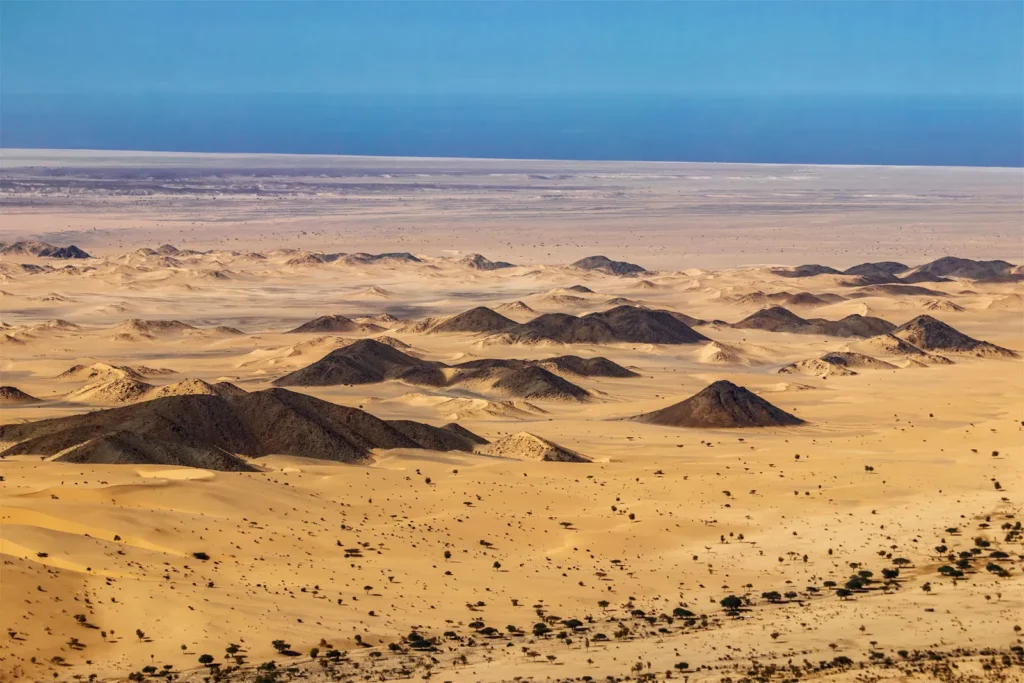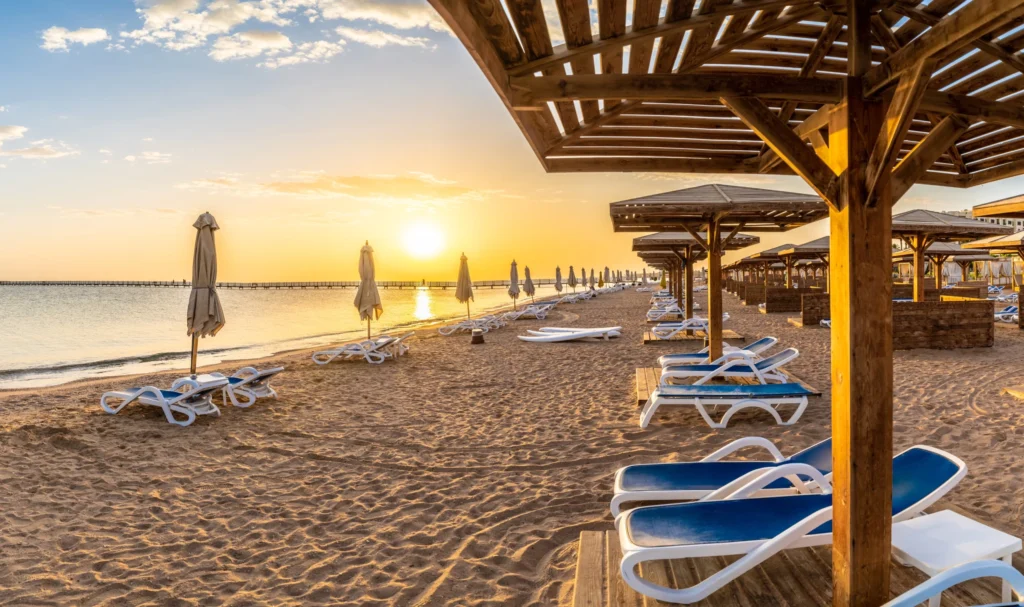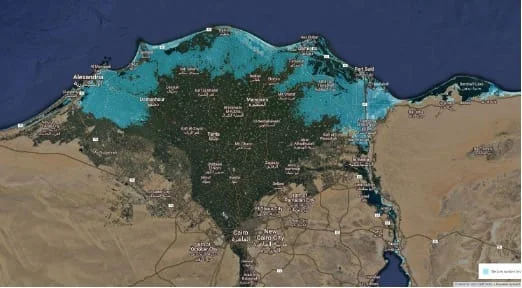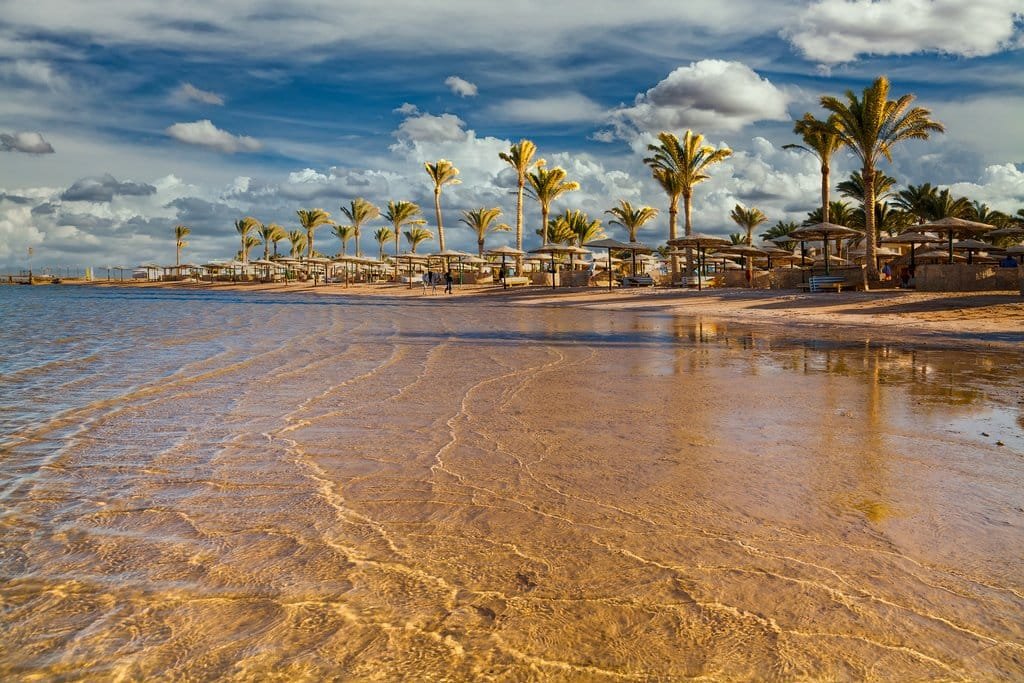Egypt is known for its iconic landmarks, rich history, and diverse landscapes, but its climate also plays a crucial role in shaping the country’s appeal. This guide delves into what you can expect from Egypt’s weather throughout the year, from the scorching summers in the desert to the mild winters by the coast. Whether you’re planning to visit the ancient pyramids, relax by the Red Sea, or explore the Sahara, understanding Egypt’s climate is essential for making the most of your experience. From temperature variations across regions to the impact of humidity and sandstorms, this blog covers everything you need to know about Egypt’s climate, ensuring you’re well-prepared for your travels.
Egypt Tour Magic
Each tour type can be adjusted in terms of duration, activities, and accommodations to best meet the needs and interests of your clients.
About Us
Embark on a journey with Egypt Tour Magic and discover the magic of Egypt like never before …
Our Services
Discover the magic of Egypt with Egypt Tour Magic, where every detail is taken care of to ensure..
Our Team
At Egypt Tour Magic, our dedicated team is passionate about creating unforgettable travel experiences....
Refund and Returns Policy
At Egypt Tour Magic, we strive to provide exceptional travel experiences. However ..
Contact Us
We’re here to help you with any questions or to assist you in planning your next ..
Egypt Tour Magic
Explore More About Us










